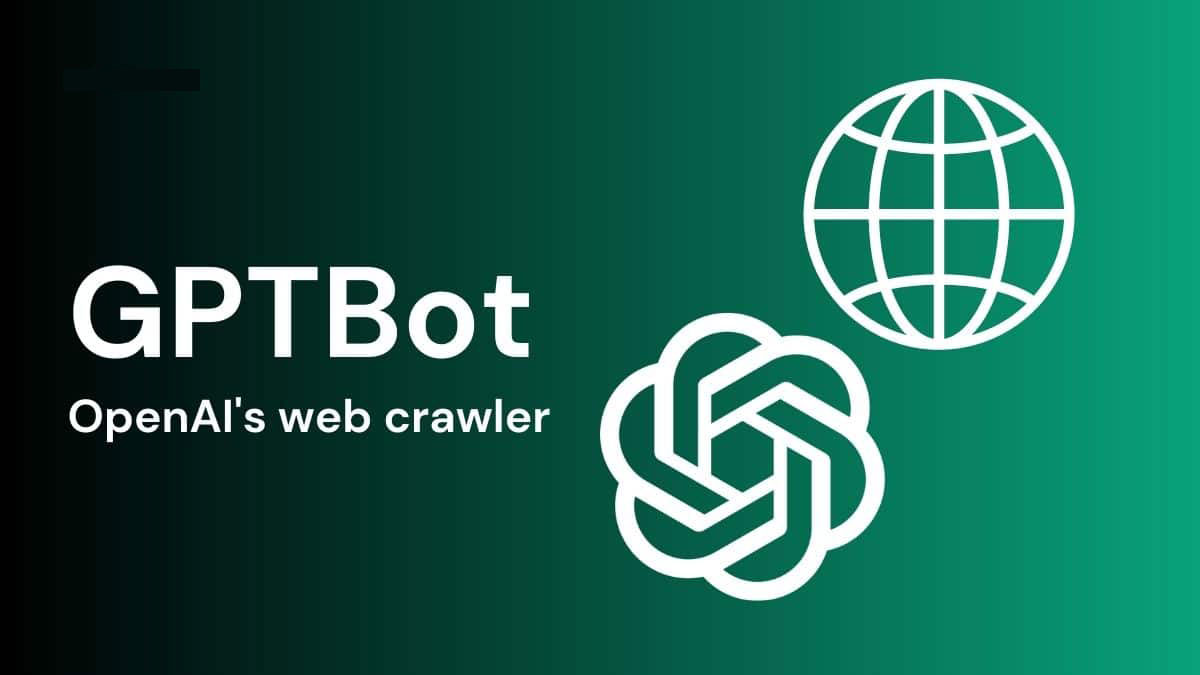谷歌云访问控制列表坏了

文章来源:云头条
谷歌解释了2020年12月9日其欧洲云(Eurocloud)为何出现大范围宕机;与往常一样,这个问题归咎于它自己犯的错。
84分钟的故障和VPN突然消失8小时是更新引起的,更新导致系统无法访问配置文件。
这次事件持续时间短暂,已受到控制。从太平洋时间18点31分开始,持续了84分钟,只影响了europe-west2-a区域,可是这意味着该区域中60%的虚拟机无法从外部访问。据谷歌声称,虚拟机的创建和删除操作在故障期间陷入停止,而在故障期间发生硬件或其他故障的任何虚拟机或主机未得到修复,也没有在运行正常的主机上重新启动。
现在谷歌解释了到底出了什么岔子。该公司在这份事件报告中解释道,其软件定义网络堆栈由在一组服务器上运行的分布式组件组成,这种设计旨在提供弹性。
他解释道:“为了做到这点,控制平面从一组机器中挑选出leader节点,为基础设施的各个部件提供配置。”
leader节点选举过程依赖谷歌名为“内部锁定服务”的本地实例。该服务提供了访问控制列表(ACL)机制,以控制对该服务中存储的各种文件执行读取和写入的操作。
然而,谷歌的某个人或某个系统更改了ACL,因而选择leader节点的进程无法访问这项工作所需的文件。
由于没有leader节点来驱动网络,服务区域出现了问题。
按照设计,故障不是瞬间发生的。但是欧洲云无法选举出leader节点几分钟后,“europe-west2-a与谷歌骨干网其余部分之间的BGP路由被撤消,导致该区域被隔离开来,该区域内的资源变得无法访问。”
据谷歌声称,故障的原因是生产环境“含有登台环境或金丝雀(canary)环境中不存在的ACL,原因是那些环境是之前维护事件过程中使用更新后的流程进行重建的”。这种差异意味着,连那些旨在显示故障的“金丝雀”设备也未能发现这个问题,因为它们以为自己在使用正确的ACL。
虽然故障很短暂,主要影响了来自该区域外部的访问,但是这起事件还是影响了App Engine和Cloud SQL,并导致一小部分的CloudVPN用户面临8小时的停运。
谷歌坦言:“一旦europe-west2-a区域重新连接到了网络,VPN控制平面中的多个缺陷被该区域中一些现已过时的VPN网关所触发。这导致europe-west2中4.5%的Classic Cloud VPN隧道出现了故障,在主故障事件恢复正常后整整持续了8小时10分钟。”
谷歌已表示道歉,并承认一些客户可能希望按照服务级别协议要求赔偿。
谷歌还承诺会审查所有网络ACL以确保一致性,并在网络控制平面不可用的那些情况下改善弹性。该公司郑重承诺:“我们将提高最近更改方面的可见性,以缩短缓解时间,并为锁定服务ACL添加额外的可观察性,以便对ACL进行更改时可以进行另外的验证。我们还在为将来这种类型的变更改进金丝雀和发布流程,以确保可以安全地进行这种更改。”
捎带提一下,周二,谷歌的Gmail故障两次,导致邮件被退回。
完整故障报告:
ISSUE SUMMARY
On Wednesday 9 December, 2020, Google Cloud Platform experienced networking unavailability in zone europe-west2-a, resulting in some customers being unable to access their resources, for a duration of 1 hour 24 minutes. The following Google services had degraded service that extended beyond the initial 1 hour 24 minute network disruption:
1.5% of Cloud Memorystore Redis instances were unhealthy for a total duration of 2 hours 24 minutes
4.5% of Classic Cloud VPN tunnels in the europe-west2 region experienced unavailability after the main disruption had recovered and these tunnels remained down for a duration of 8 hours and 10 minutes
App Engine Flex experienced increased deployment error rates for a total duration of 1 hour 45 minutes
We apologize to our Cloud customers who were impacted during this disruption. We have conducted a thorough internal investigation and are taking immediate action to improve the resiliency and availability of our service.
ROOT CAUSE
Google’s underlying networking control plane consists of multiple distributed components that make up the Software Defined Networking (SDN) stack. These components run on multiple machines so that failure of a machine or even multiple machines does not impact network capacity. To achieve this, the control plane elects a leader from a pool of machines to provide configuration to the various infrastructure components. The leader election process depends on a local instance of Google’s internal lock service to read various configurations and files for determining the leader. The control plane is responsible for Border Gateway Protocol (BGP) peering sessions between physical routers connecting a cloud zone to the Google backbone.
Google’s internal lock service provides Access Control List (ACLs) mechanisms to control reading and writing of various files stored in the service. A change to the ACLs used by the network control plane caused the tasks responsible for leader election to no longer have access to the files required for the process. The production environment contained ACLs not present in the staging or canary environments due to those environments being rebuilt using updated processes during previous maintenance events. This meant that some of the ACLs removed in the change were in use in europe-west2-a, and the validation of the configuration change in testing and canary environments did not surface the issue.
Google's resilience strategy relies on the principle of defense in depth. Specifically, despite the network control infrastructure being designed to be highly resilient, the network is designed to 'fail static' and run for a period of time without the control plane being present as an additional line of defense against failure. The network ran normally for a short period - several minutes - after the control plane had been unable to elect a leader task. After this period, BGP routing between europe-west2-a and the rest of the Google backbone network was withdrawn, resulting in isolation of the zone and inaccessibility of resources in the zone.
REMEDIATION AND PREVENTION
Google engineers were automatically alerted to elevated error rates in europe-west2-a at 2020-12-09 18:29 US/Pacific and immediately started an investigation. The configuration change rollout was automatically halted as soon as the issue was detected, preventing it from reaching any other zones. At 19:30, mitigation was applied to rollback the configuration change in europe-west2-a. This completed at 19:55, mitigating the immediate issue. Some services such as Cloud MemoryStore and Cloud VPN took additional time to recover due to complications arising from the initial disruption. Services with extended recovery timelines are described in the “detailed description of impact” section below.
We are committed to preventing this situation from happening again and are implementing the following actions:
In addition to rolling back the configuration change responsible for this disruption, we are auditing all network ACLs to ensure they are consistent across environments. While the network continued to operate for a short time after the change was rolled out, we are improving the operating mode of the data plane when the control plane is unavailable for extended periods. Improvements in visibility to recent changes will be made to reduce the time to mitigation. Additional observability will be added to lock service ACLs allowing for additional validation when making changes to ACLs. We are also improving the canary and release process for future changes of this type to ensure these changes are made safely.
DETAILED DESCRIPTION OF IMPACT
On Wednesday 9 December, 2020 from 18:31 to 19:55 US/Pacific Google Cloud experienced unavailability for some Google services hosted in zone europe-west2-a as described in detail below. If impact time differs significantly, it will be mentioned specifically.
Compute Engine
~60% of VMs in europe-west2-a were unreachable from outside the zone. Projects affected by this incident would have observed 100% of VMs in the zone being unreachable. Communication within the zone had minor issues, but largely worked normally. VM creation and deletion operations were stalled during the outage. VMs on hosts that had hardware or other faults during the outage were not repaired and restarted onto healthy hosts during the outage.
Persistent Disk
VMs in europe-west2-a experienced stuck I/O operations for 59% of standard persistent disks located in that zone. 27% of regional persistent disks in europe-west2 briefly experienced high I/O latency at the start and end of the incident. Persistent Disk snapshot creation and restore for 59% of disks located in europe-west2-a failed during the incident. Additionally, snapshot creation for Regional Persistent Disks with one replica located in zone europe-west2-a was unavailable.
Cloud SQL
~79% of HA Cloud SQL instances experienced <5 minutes of downtime due to autofailover with an additional ~5% experiencing <25m of downtime after manual recovery. ~13% of HA Cloud SQL instances with legacy HA configuration did not failover because the replicas were out of sync, and were unreachable for the full duration of the incident. The remaining HA Cloud SQL instances did not failover due to stuck operations. Overall, 97.5% of Regional PD based HA instances and 23% of legacy MySQL HA instances had <25m downtime with the remaining instances being unconnectable during the outage. Google engineering is committed to improving the successful failover rate for Cloud SQL HA instances for zonal outages like this.
Google App Engine
App Engine Flex apps in europe-west2 experienced increased deployment error rates between 10% and 100% from 18:44 to 20:29. App Engine Standard apps running in the europe-west2 region experienced increased deployment error rates of up to 9.6% that lasted from 18:38 to 18:47. ~34.7% of App Engine Standard apps in the region experienced increased serving error rates between 18:32 and 18:38.
Cloud Functions
34.8% of Cloud Functions served from europe-west2 experienced increased serving error rates between 18:32 and 18:38.
Cloud Run
54.8% of Cloud Run apps served from europe-west2 experienced increased serving error rates between 18:32 and 18:38.
Cloud MemoryStore
~10% of Redis instances in europe-west2, were unreachable during the outage. Both standard tier and basic tier instances were affected. After the main outage was mitigated, most instances recovered, but ~1.5% of instances remained unhealthy for 60 minutes before recovering on their own.
Cloud Filestore
~16% of Filestore instances in europe-west2 were unhealthy. Instances in the zone were unreachable from outside the zone, but access within the zone was largely unaffected.
Cloud Bigtable
100% of single-homed Cloud Bigtable instances in europe-west2-a were unavailable during the outage, translating into 100% error rate for customer instances located in this zone.
Kubernetes Engine
~67% of cluster control planes in europe-west2-a and 10% of regional clusters in europe-west2 were unavailable for the duration of the incident. Investigation into the regional cluster control plane unavailability is still ongoing. Node creation and deletion operations were stalled due to the impact to Compute Engine operations.
Cloud Interconnect
Elevated packet loss for zones in europe-west2. Starting at 18:31 packets destined for resources in europe-west2-a experienced loss for the duration of the incident. Additionally, interconnect attachments in europe-west2 experienced regional loss for 7 minutes at 18:31 and 8 minutes at 19:53.
Cloud Dataflow
~10% of jobs in europe-west2 failed or got stuck in cancellation during the outage. ~40% of Dataflow Streaming Engine jobs in the region were degraded over the course of the incident.
Cloud VPN
A number of Cloud VPN tunnels were reset during the disruption and were automatically relocated to other zones in the region. This is within the design of the product, as the loss of one zone is planned. However once zone europe-west2-a reconnected to the network, a combination of bugs in the VPN control plane were triggered by some of the now stale VPN gateways in the zone. This caused an outage to 4.5% of Classic Cloud VPN tunnels in europe-west2 for a duration of 8 hours and 10 minutes after the main disruption had recovered.
Cloud Dataproc
~0.01% of Dataproc API requests to europe-west2 returned UNAVAILABLE during the incident. The majority of these requests were read-only requests (ListClusters, ListJobs, etc.)





